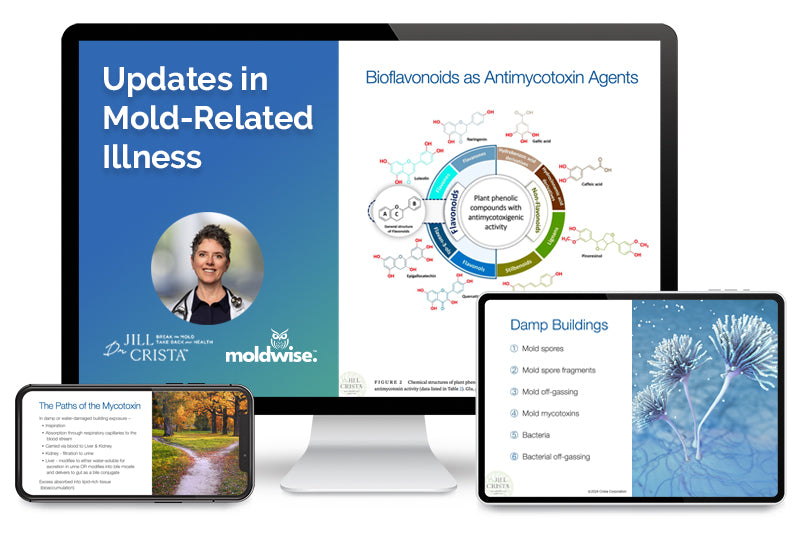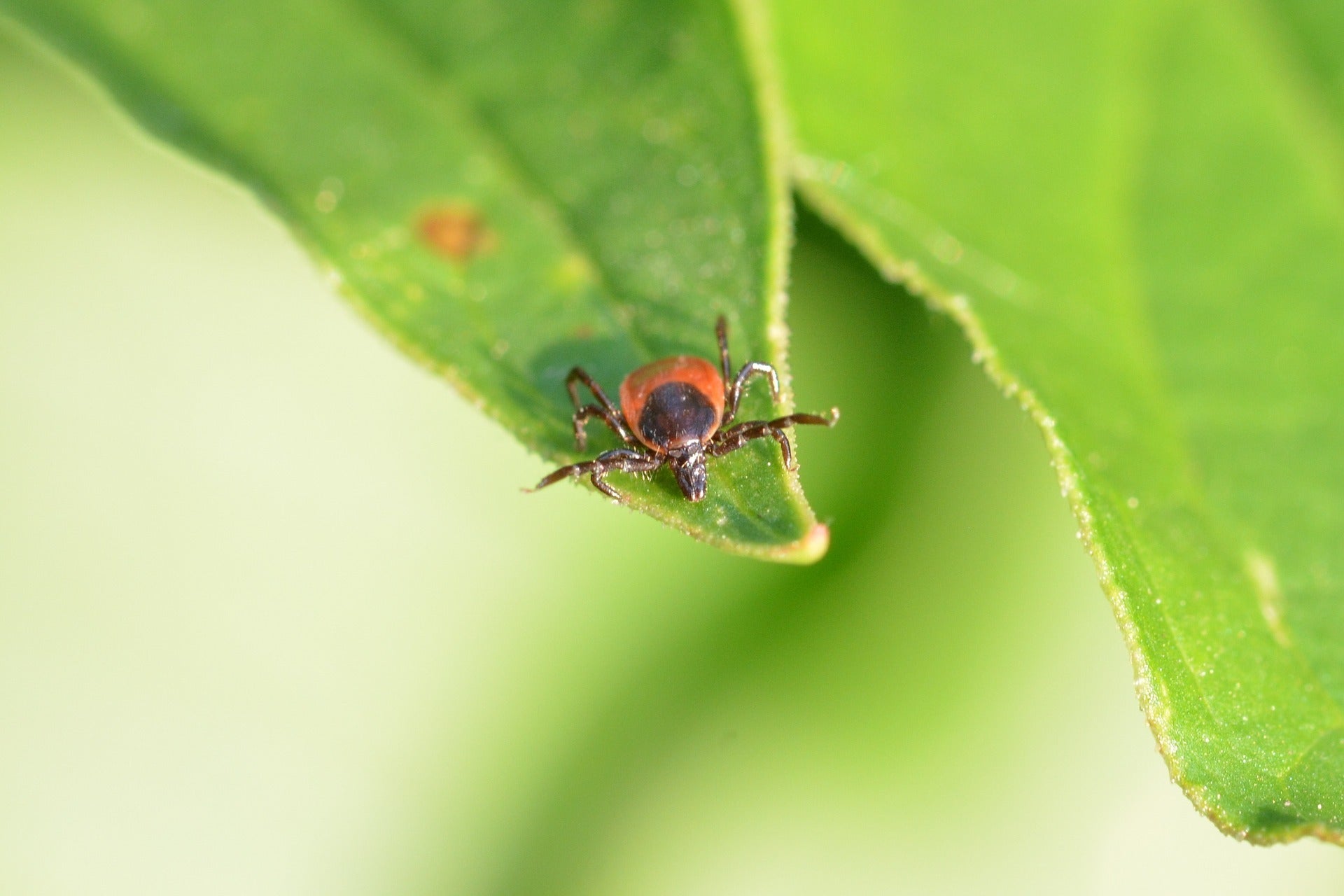Yes, test the tick. Every time! And with the full panel.
Why?
1) One tick bite can transmit multiple tick-borne infections at once.
Ticks are considered “nature’s dirty needle,” as they carry a number of human and pet pathogens.
Some ticks are “snackers,” moving from person to person to pet to person, etc. So while a tick may be found on one member of the family, others may have also been unsuspecting donors.
2) Antibodies against tick-borne infections take 4-6 weeks to show up on labs.
This means that a normal test at urgent care right after removing a tick means NOTHING. We must retest at 5-6 weeks.
The problem with waiting for a ‘positive’ test is that tick-borne infections are harder to treat the longer they go untreated. I’ll share my prophylaxis plan in the next email.
3) Very few people develop the classic rash.
Unfortunately, everybody has been led to believe that the only Lyme rash is a target lesion. While this is the classic presentation, Lyme rashes technically are a migrating red rash, no target required. This may look like a red ear, or an allergic reaction. If it’s red and migrating, think Lyme.
4) Tick-borne infections are notorious for evading detection on labs once in a human body.
That’s why tick-borne infections such as Lyme are still considered “clinical diagnoses,” meaning that your doctor has liberty to treat you even if there’s no confirmed lab test, as long as the clinical symptoms fit.
5) The amount of time the tick was attached doesn’t predict whether someone got a tick-borne infection.
Some tick-borne infections, such as Powassan virus, can be transmitted in as little as 15 minutes. The Lyme Borrelia bacteria have been identified in the saliva of tick mouths.
With all these abilities to miss tick-borne infections, why not just test the tick!?
I like to use a service made available by U-MASS called TickReport.com, because they also compile the results into a public database that you can search. Such a great service to us all! You can check TickReport.com’s incidence report for the most up-to-date info for your area. I also like https://web.uri.edu/tickencounter/ for a resource to check on various tick activity.
TRANSCRIPT
Hi! Dr. Jill Crista here helping you with how to submit a tick.
If you have found a tick on and embedded in someone you care about, you need to send that tick in for testing. So I’m showing you what that would look like.
This is a little pill pack I get from the drugstore and I have put the tick in here and it’s hard to see but my thumb is right there where that tick is. It is smaller than a poppy seed. And this was an embedded tick, it was embedded for 24 hours. So it ate for 24 hours and it’s still that tiny. So you never know. You never can tell if a tick has eaten long enough to give you anything that it’s carrying, like Lyme disease, by the size of the tick. Because an itty bitty, itty bitty ones may be fat but they look tiny to us because they are a small tick.
Put it with a little bit of paper towel that is moistened, just damp, not wet. Seal that. And then you put this in an envelope addressed to your favorite tick testing place. My current favorite is U Mass, the University of Massachusetts, their lab. The reason I like them, they’re an academic lab, they’re collecting data. They are the most affordable for the most tests that you can get. And they also collect the data and report back for public health. So we get better information about where Lyme is distributed. Also you can go to their stats page, you can enter your zip code or zip codes around you, and find out if you’re in an endemic area.
So you just take your envelope, put in your little sample and send it off to the lab. You put your own return address there, I didn’t do that yet. But that’s the address you would use and you can go to the U Mass website and submit your tick.
It’s easier to test a tick then test a human body.
I hope this helps.
This content is health information and not intended as personal medical advice. Viewing will not establish a doctor-patient relationship. It is not intended to diagnose, treat, cure or prevent any disease or medical condition. The information discussed is not intended to replace the advice of your healthcare provider. Reliance on information provided by Dr. Jill Crista, employees, or others appearing at the invitation of Dr. Crista is solely at your own risk.







